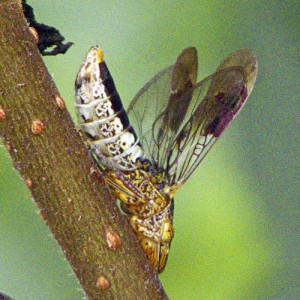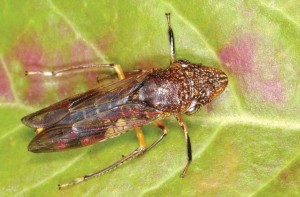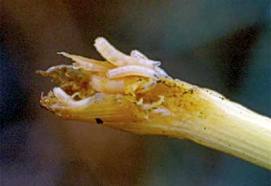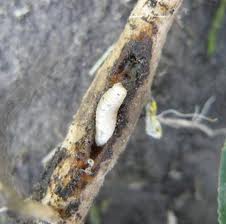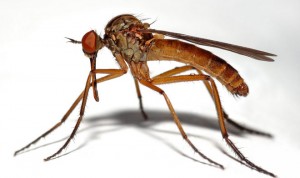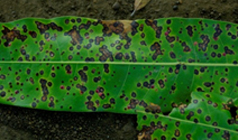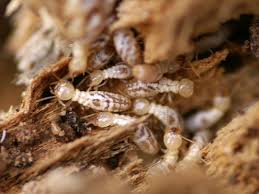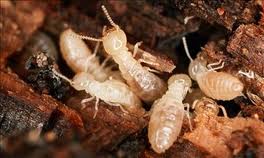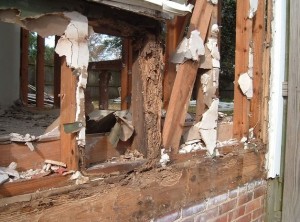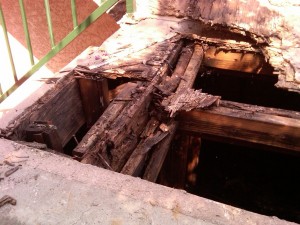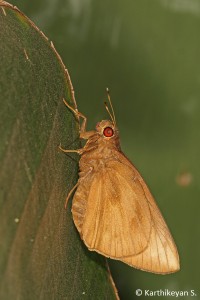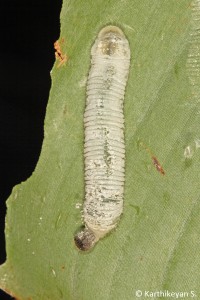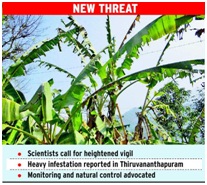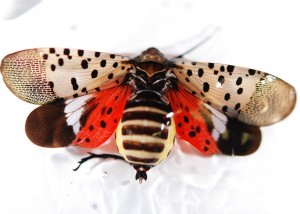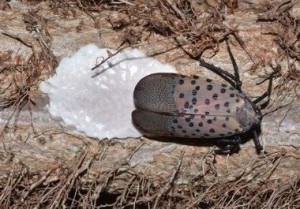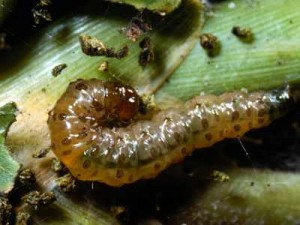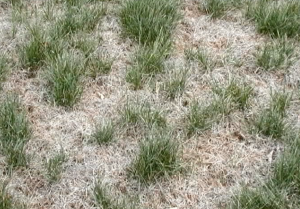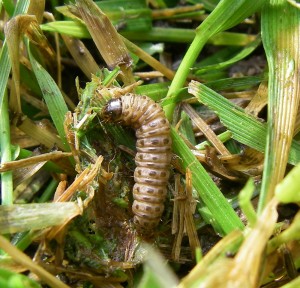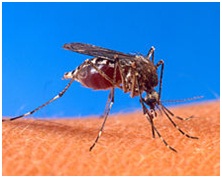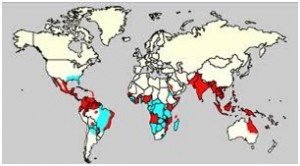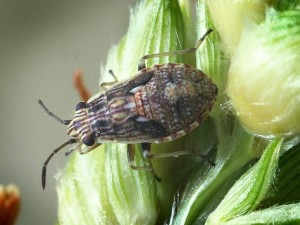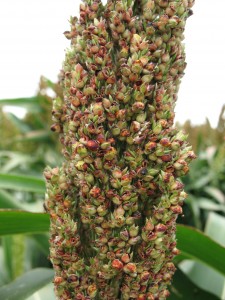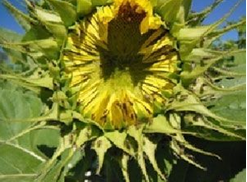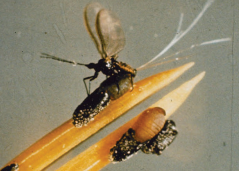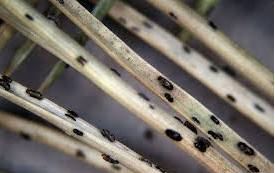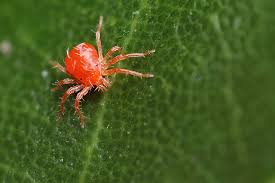 Spider mites are members of the Acari (mite) family Tetranychidae, which includes about 1,200 other species. Spider mites are extremely tiny creatures, less than 1mm (0.04 in) in size and they vary in color. Among plant pests, mites are amongst the most difficult to control, and are responsible for a significant portion of all pesticides used on ornamentals. Individual spider mites are almost microscopic, yet when they occur in large numbers, they can cause serious plant damage. They generally live on the undersides of leaves of plants, where they may spin protective silk webs, and they can cause damage by puncturing the plant cells to feed. Spider mites are known to feed on several hundred species of plants. They lay small, spherical, initially transparent eggs and many species spin silk webbing to help protect the colony from predators; they get the “spider” part of their common name from this webbing. A single mature female can spawn a population of a million mites in a month or less. This accelerated reproductive rate allows spider mite populations to adapt quickly to changing conditions. Usually one should look out for Spider mite damage in the summer months when the temperatures are high and conditions are dry as these conditions are most suitable to spider mite proliferation.
Spider mites are members of the Acari (mite) family Tetranychidae, which includes about 1,200 other species. Spider mites are extremely tiny creatures, less than 1mm (0.04 in) in size and they vary in color. Among plant pests, mites are amongst the most difficult to control, and are responsible for a significant portion of all pesticides used on ornamentals. Individual spider mites are almost microscopic, yet when they occur in large numbers, they can cause serious plant damage. They generally live on the undersides of leaves of plants, where they may spin protective silk webs, and they can cause damage by puncturing the plant cells to feed. Spider mites are known to feed on several hundred species of plants. They lay small, spherical, initially transparent eggs and many species spin silk webbing to help protect the colony from predators; they get the “spider” part of their common name from this webbing. A single mature female can spawn a population of a million mites in a month or less. This accelerated reproductive rate allows spider mite populations to adapt quickly to changing conditions. Usually one should look out for Spider mite damage in the summer months when the temperatures are high and conditions are dry as these conditions are most suitable to spider mite proliferation.
Many different species attack shade trees, shrubs and herbaceous plants. Spider mites attack a wide range of plants, including peppers, tomatoes, potatoes, beans, corn, cannabis, and strawberries. The top of the leaves look like they have a bronze cast to them usually, but sometimes the look may be a silvery cast or even just a dull gray look. When spider mites attack the underside of leaves, we may mistake them for dust as they give a brownish brazen tinge.
 Spider mites lack chewing or piercing-sucking mouthparts. They use a pair of needle-like stylets to rupture leaf cells and then push their mouth into the torn tissue to drink the cell sap. Small groups of cells are killed, which results in a stippling or speckling on the upper leaf surface. On plants which are heavily infested, the foliage will often become gray, yellow, bleached, dry, or bronzed, with leaf drop, loss of vigor and eventual death if untreated. With a magnifying hand lens, cast skins, eggshells, and individual mites, as well as mite colonies, are visible on the undersides of leaves.
Spider mites lack chewing or piercing-sucking mouthparts. They use a pair of needle-like stylets to rupture leaf cells and then push their mouth into the torn tissue to drink the cell sap. Small groups of cells are killed, which results in a stippling or speckling on the upper leaf surface. On plants which are heavily infested, the foliage will often become gray, yellow, bleached, dry, or bronzed, with leaf drop, loss of vigor and eventual death if untreated. With a magnifying hand lens, cast skins, eggshells, and individual mites, as well as mite colonies, are visible on the undersides of leaves.
An early sign of infestation is a very fine, light speckling or localized pale yellow spots on the upper surface of leaves. Careful examination of the undersides of affected leaves, preferably with a hand lens or magnifying glass, will reveal colonies of mites. A more generalized bronzing discoloration develops as infestation progresses.
Spider mites continue to be a pest problem in dry beans, soybeans and field corn in droughty areas. When left untreated, spider mites can cause extensive and irreversible damage to soybean foliage, so growers need to keep an eye on their fields – especially if the weather remains dry. Researchers muse that ‘Amino acids are more available to insects when they feed on stressed soybeans instead of healthy soybeans’. This means that the mites can proactively use these nutrients from stressed plants to synthesize proteins for use in their reproduction.
Spider mite damage is typically most visible at first in the most stressed areas of the field; this often includes field edges. Soybean growers are likely to first notice foliar damage in the form of subtle stippling of leaves, which can progress to bronzing.
If a mite infestation develops, leaves may be severely damaged and the food manufacturing ability of the plants progressively reduced. If an infestation is severe, leaves may be killed. In corn, effects on yield are most severe when mites start damaging leaves at or above the ear level. Infestations may reduce corn grain yields due to poor seed fill and they have been associated with accelerated plant dry down in the fall. The quality and yield of silage corn also may decline due to mite feeding.
Damage is similar in soybeans, and includes leaf spotting, leaf droppage, accelerated senescence and pod shattering, as well as yield loss. Early and severe mite injury left untreated can completely eliminate yields. More commonly, mite injury occurring during the late vegetative and early reproductive growth stages will reduce soybean yields 40%-60%. Spider mites can cause yield reductions as long as green pods are present.
Not just soybean and corn, other crops of great economic importance like coffee beans have to bear the brunt of a mite infestation. Let us look at the following news article:
Spider mites latest threat to Colombian coffee crop
September 06, 2012|Reuters
Colombian farmer Jairo Morales is worried. His coffee trees are speckled with crimson as tiny red spider mites attack his plantation, posing a threat not only to his livelihood but also to output in the world’s No. 3 coffee growing country.
The mites cling to the leaves of coffee plants and gradually turn them reddish until they wither and die.
The threat comes at a time in which Colombia is struggling to raise annual coffee output to 11 million 60-kilogram sacks, the country’s long-term average.
The tiny arachnids have always been a menace to coffee crops in the Andean country, but other predator insects have usually kept them at bay.
“This has been a surprise. I’d never seen anything like this in the many years that I’ve been growing coffee. I often see small areas by the side of the road, but never an attack like this,” Morales said.
Red spider mites have attacked many plantations in Caldas, the No. 4 coffee producing region in Colombia, contributing about 10 percent to the country’s total coffee output.
Morales suspect that the increasing number of spider mites could be a consequence of the ashes that covered the area after the Nevado del Ruiz volcano eruption in June, which apparently killed the insects that prey on the arachnids.
“The risk is that they ‘burn’ the leaves, and it takes a long time for the plants to recover,” said the farmer at his plantation on a mountain slope in the Caldas region.
“If the coffee trees fail to grow branches and flower we’ll lose the crop that we’re about to harvest and we can lose next year’s because they will not flower,” he said.
Crops in the Quindio, Risaralda and Valle del Cauca regions also have been hit, though less severely, according to the coffee grower’s federation.
Colombia, the world’s top producer of high-quality arabica beans, has missed its annual coffee production goals for three consecutive years due to torrential rains brought on by the weather phenomenon La Nina.
Heavy rains prevent flowering, which last year resulted in an output of 7.8 million sacks, the lowest in three decades. Production this year is expected to be around 8 million bags.
Moreover, due to their ever-growing population, spider mites quickly adapt to changes and learn to resist pesticides, so chemical control methods can become somewhat ineffective when the same pesticide is used over a prolonged period. Spider mites are difficult to control with pesticides, and many commonly used insecticides aggravate the problem by destroying their natural enemies. Use of the wrong pesticide at the wrong time can result in a season-long infestation of mites, which will be difficult to control with miticides. Although the labels on common pesticides do include spider mites, they usually contain pyrethroid. Because they contain pyrethroids they will be highly toxic to all beneficial insects such as predatory mites, big-eyed bugs and other insects that would normally prey on the spider mites. What is likely to happen following a pesticide application is that some of the spider mites will be killed and most or all of the predators also will be killed. Very quickly, the spider mites that were not killed by the application will begin to produce eggs, and when those eggs hatch there will not be any predators present to kills the mites. Thus the use of conventional pesticides will not effectively deal with the problem, but just might aggravate it further! The conventional pesticides and insecticides can thus not ensure that the problem won’t recur.
Termirepel™ a product by C Tech Corporation can provide much-needed relief from this problem. Termirepel™ is a non-toxic, non-hazardous insect and pest repellent. It is effective against a wide array of pests that attack the agricultural sector, some worse and difficult to eradicate like spider mites. Termirepel™ is available in the form of a liquid concentrate which can be further diluted and made into a spray, to be sprayed on the plants. Termirepel™ is also available in the form of polymer masterbatches to be added to agricultural films and micro-irrigation pipes during processing. This product will not kill the spider mite population but will just discourage their proliferation as well as return. It is designed in such as a way so as to discourage subsequent attacks. Thus it works on the principle of prevention being better than cure.
